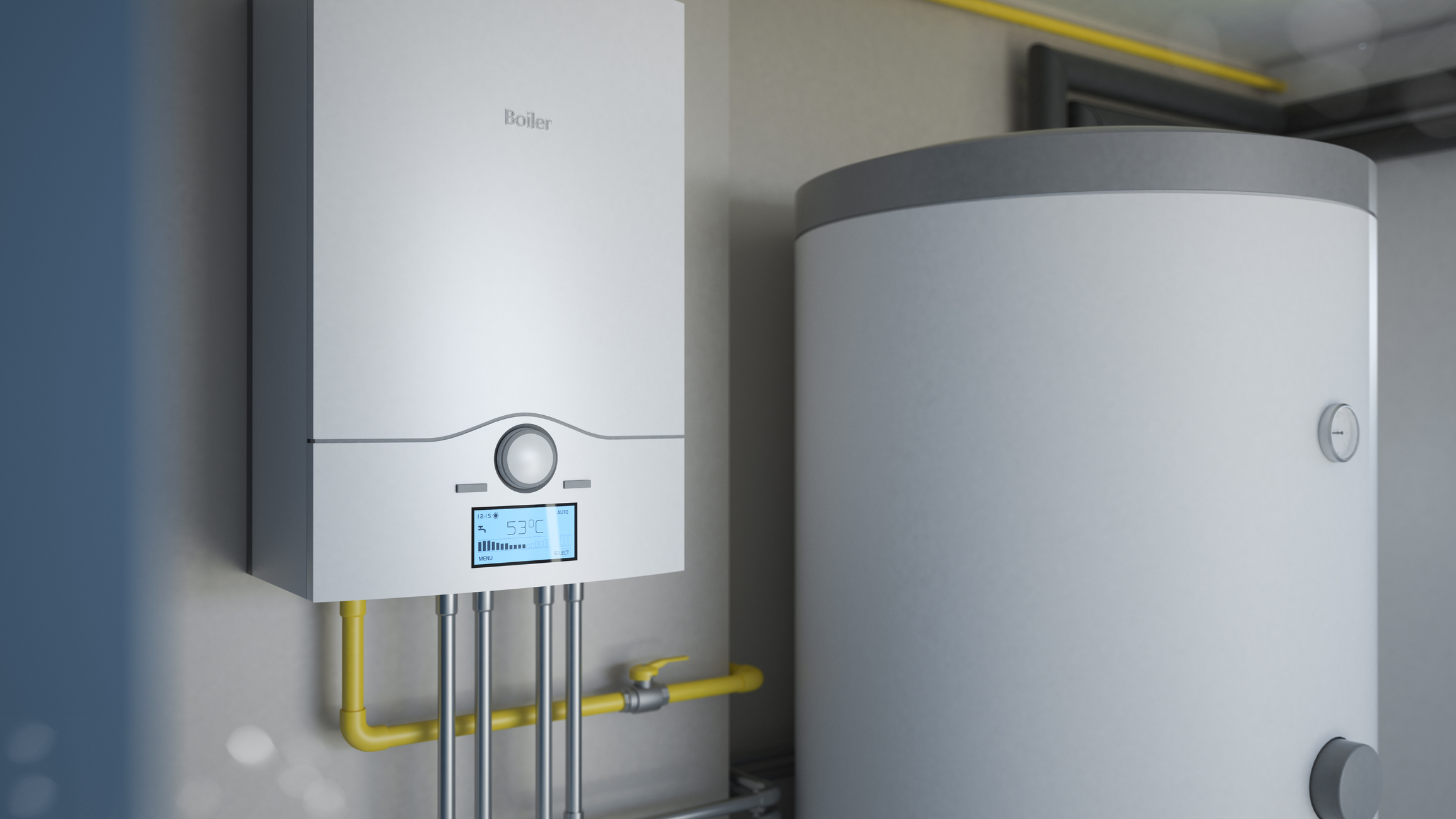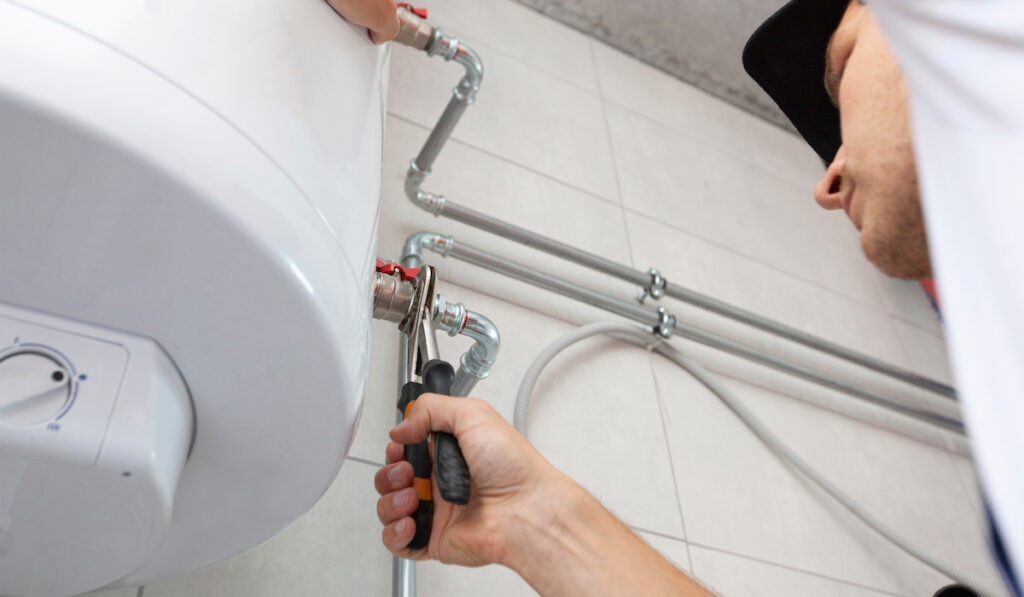Caring for Your Home's Hot Water System: Key TipsStep-by-Step Guide to Maintaining Your Home's Hot Water System
Caring for Your Home's Hot Water System: Key TipsStep-by-Step Guide to Maintaining Your Home's Hot Water System
Blog Article
On this page further down you'll find additional great information relating to Water Heater Maintenance Tips You Can't Afford to Forget.

Warm water is important for day-to-day convenience, whether it's for a refreshing shower or washing recipes. To ensure your hot water system runs effectively and lasts longer, routine upkeep is key. This post gives practical suggestions and understandings on just how to maintain your home's hot water system to prevent disturbances and costly repair work.
Introduction
Keeping your home's warm water system might seem complicated, but with a few basic actions, you can guarantee it runs efficiently for years to come. This guide covers whatever from recognizing your warm water system to do it yourself upkeep tips and knowing when to contact specialist aid.
Relevance of Preserving Your Warm Water System
Normal upkeep not just expands the life-span of your warm water system but also ensures it operates efficiently. Overlooking maintenance can result in reduced effectiveness, greater power costs, and also premature failure of the system.
Indications Your Hot Water System Needs Maintenance
Knowing when your hot water system needs attention can prevent major issues. Keep an eye out for indicators such as irregular water temperature level, weird sounds from the heating system, or rustic water.
Flushing the Hot Water Heater
Purging your hot water heater eliminates debris build-up, boosting performance and lengthening its life.
Monitoring and Replacing Anode Rods
Anode rods avoid corrosion inside the storage tank. Examining and changing them when broken is vital.
Complicated Problems Calling For Specialist Assistance
Examples include significant leakages, electrical problems, or if your hot water heater is continually underperforming.
Regular Specialist Upkeep Advantages
Professional upkeep can include thorough assessments, tune-ups, and making sure compliance with security standards.
Inspecting and Readjusting Temperature Settings
Adjusting the temperature level settings makes sure ideal efficiency and safety and security.
DIY Tips for Upkeep
You can do a number of upkeep jobs yourself to maintain your hot water system in leading problem.
Looking for Leaks
Consistently examine pipelines and links for leaks, as these can result in water damage and greater bills.
Recognizing Your Hot Water System
Prior to diving into maintenance jobs, it's useful to recognize the standard elements of your hot water system. Normally, this includes the hot water heater itself, pipes, anode poles, and temperature controls.
Month-to-month Maintenance Tasks
Normal monthly checks can aid catch small issues prior to they escalate.
Checking Pressure Relief Valves
Checking the stress relief valve guarantees it functions appropriately and prevents too much pressure accumulation.
Insulating Pipes
Shielding hot water pipelines reduces warm loss and can conserve energy.
When to Call an Expert
While do it yourself upkeep is advantageous, some concerns require expert experience.
Final thought
Normal maintenance of your home's warm water system is important for effectiveness, long life, and cost savings. By adhering to these tips and understanding when to look for professional help, you can ensure a reputable supply of warm water without unexpected disruptions.
Water Heater Maintenance: The Basics
Maintaining your water heater will ensure it operates efficiently and has a longer lifespan. Neglecting regular maintenance can lead to costly repairs and an even bigger chunk of your savings if you have to replace it sooner than necessary. But there’s good news: Most water heater maintenance tasks are relatively simple and easy for homeowners with basic DIY skills.
Flush the Water Heater
Over time, sediment and minerals can build up in the tank, reducing its efficiency and potentially causing damage. To flush the tank, turn off the power or gas supply, attach a hose to the drain valve near the bottom and open the valve to drain the water until it runs clear. Ideally, flush the tank annually.
Replace the Anode Rod
The anode rod is a sacrificial metal rod that helps prevent corrosion inside the tank. Inspect and replace it every three to five years or per the manufacturer's recommendation. To replace the anode rod, turn off the power or gas supply, drain a few gallons of water from the tank, unscrew the old rod and replace it with a new one. If the anode rod is significantly corroded or covered in calcium buildup, it's a sign the water heater may need to be replaced soon.
Tune-Up
A yearly tune-up can help identify potential issues and ensure your water heater operates at peak efficiency. This typically involves checking the thermostat, burner assembly (for gas heaters) and any other components specified by the manufacturer. During a tune-up, the technician may also clean the burner and adjust the pilot light (for gas heaters) or examine the heating elements (for electric heaters).
How to Maintain Your Water Heater
Insulate the tank. Insulating the tank can improve energy efficiency and reduce heat loss, saving you money on energy bills. You can purchase precut insulation blankets designed specifically for water heaters or use standard fiberglass insulation wrapped securely around the tank. Check the temperature. The recommended water temperature for most households is around 120 degrees Fahrenheit (49 degrees Celsius). Higher temperatures can increase energy costs and potentially cause scalding. Use a kitchen thermometer to check the temperature at the faucet nearest the water heater. Monitor water pressure. Excessive water pressure can strain the water heater and cause leaks or even tank failure. Install a pressure-reducing valve if necessary. The ideal water pressure range is between 60 and 70 PSI (pounds per square inch). Test the temperature and pressure (T&P) relief valve. The T&P relief valve is a safety feature that releases pressure if the tank gets too hot or the pressure builds up too high. Test it annually by lifting the lever and allowing a small amount of water to release. Replace the valve if it doesn't release water or reseal properly. Check for leaks. Regularly inspect the tank, pipes and fittings for leaks or corrosion. Deal with issues promptly to prevent further damage. Even a small leak can lead to significant water damage over time. Consider a tankless water heater. If your traditional tank-style water heater is nearing the end of its lifespan ( typically 10 years), consider replacing it with a tankless water heater. These units heat water on demand, reducing standby energy losses and potentially saving you money on your energy bills. Schedule professional maintenance. While homeowners can perform many water heater maintenance tasks, it's still a good idea to schedule professional maintenance every few years. A plumber or HVAC technician can thoroughly inspect the unit, identify potential issues and ensure it operates safely and efficiently. https://www.homeserve.com/en-us/blog/home-improvement/hot-water-heater-maintanence/

As an avid person who reads on Tips For Maintaining Your Hot Water Heater, I imagined sharing that article was necessary. For those who liked our blog post kindly don't forget to pass it around. Thanks for taking the time to read it.
Maintenance Sign-Up Report this page